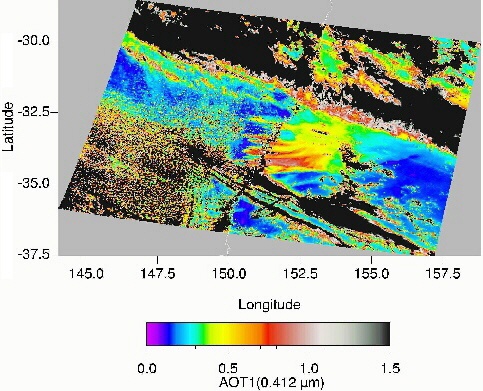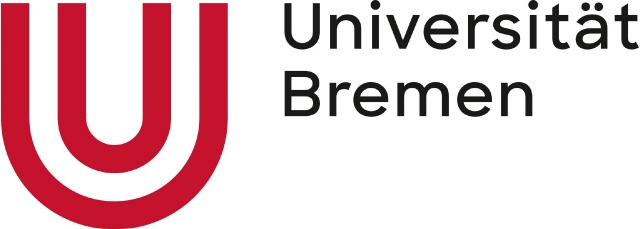Aerosol Group Profile and Projects

The working group - Atmospheric Aerosol - at the Institute of Environmental Physics / Institute of Remote Sensing of the University of Bremen has been established 1998. Its work continues the aerosol resrearch, made before at the University of Leipzig - however with the focus on applications in satellite remote sensing.
The aim of the work consist in the the development and application of methods for the observation of magnitude and variability of the aerosol from space-borne platforms. This allows the investigation of the aerosol optical thickness in its regional (global) and temporal scale. The main focus of the group is on the aerosol retrieval over land surfaces. This is required to improve the knowledge of the aerosol impact on radiative forcing and for environmental control.
Global measurements of aerosol optical thickness can only carried out using space-borne spectral radiometers. We use passive sensors in the nadir mode, measuring solar radiation reflected at the earth surface and scattered in the atmosphere. Such satellite radiometers are for instance MERIS on Envisat and OLCI on Sentinel-3.
The different radiometers are different in measureable spectral region and resolution and its spatial resolution. For such radiometers methods for the determination of the aerosol optical thickness over land surfaces are required, since the most aerosol sources exist on continents. Key parameter for the aerosol retrieval from space-borne data (radiances) give measurements with ground-based sun- and sky-radiometers. These serve information on complex refractive index, columnar size distribution and phase function of the aerosol.
